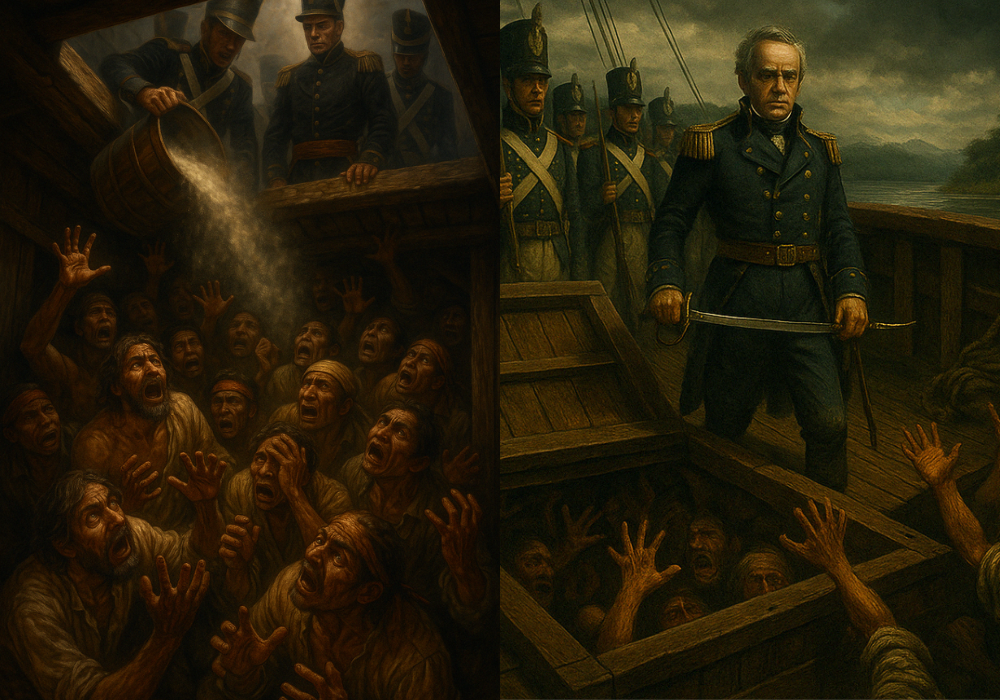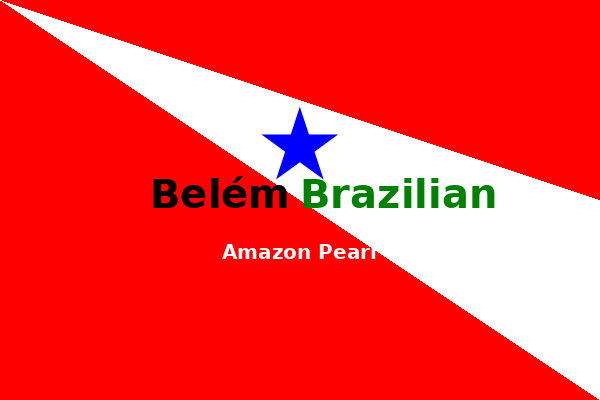Pará: Why It Is Called the Lone Star
Pará: The Lone Star on the Brazilian Flag
Pará: why it is called the lone star? The flag of Brazil contains 27 stars, each symbolizing one of the country’s states and its federal district. Yet, among this constellation, a single star appears isolated above the band with the motto "Ordem e Progresso" (Order and Progress). This lone star is Spica, representing the state of Pará. Its position is not accidental. Pará holds a unique historical role, being the last province to join Brazil’s independence in 1823.
Contents
ToggleThis solitary placement represents Pará's late and reluctant integration into the new nation. Pará had long prospered by trading directly with Portugal—its geographic location along the Amazon River and its strong commercial ties made this more profitable than sending goods to Rio de Janeiro. As a result, Pará resisted independence, a resistance rooted in both economics and politics.
The Flag of Pará and Its Symbols
The flag of the state of Pará also tells a story. Its dominant red field represents the blood spilled during struggles for freedom and resistance. A bold white diagonal stripe cuts across the flag, symbolizing hope and peace. At its center lies a solitary blue star—a direct reference to Spica on the national flag. This symbolism reinforces Pará's distinct identity within the federation.
The Brig Palhaço Massacre
Pará’s accession to Brazilian independence was not peaceful. On August 15, 1823, under pressure from the imperial government, and particularly due to the threat posed by the British-led warship São José Diligente, commanded by Admiral John Pascoe Grenfell, Pará capitulated. Grenfell, acting on behalf of the Empire, entered Belém under false pretenses, claiming a fleet awaited offshore ready to bombard the city.
In the days that followed, approximately 256 civilians—many of them members of the popular resistance movement known as the Cabanagem—were imprisoned aboard the vessel. The ship earned the grim nickname "Brig Palhaço" after soldiers opened the hatch and indiscriminately fired on the prisoners. The horror culminated in quicklime being poured into the hold, killing all but one, who later died of injuries. Their pale, powder-covered corpses appeared ghostly—like clowns, hence the name.
...resulting in the tragic death of 256 prisoners aboard the ship. Learn more about the Brig Palhaço Massacre here.

The Role of John Pascoe Grenfell
Grenfell, a British admiral serving Brazil, played a key role in securing imperial control in the Amazon. While celebrated in some circles for his naval leadership, his methods in Pará—particularly the Brig Palhaço episode—remain controversial. His actions, viewed by many as brutal and authoritarian, ignited local anger and deepened distrust toward the Empire of Brazil.

The Legacy of the Lone Star
Pará's resistance did not end with independence. In the decades that followed, especially during the Cabanagem revolt, the people of Pará continued to challenge centralized power, fighting for representation and autonomy. Their history is one of struggle, resilience, and sacrifice.
...under British pressure and fear of bombardment. Learn more from this historical source.
Today, the lone star on the Brazilian flag serves as a powerful reminder of this journey. It symbolizes Pará’s unique path to nationhood, the blood spilled for freedom, and the enduring identity of its people. To learn more about local culture and its ties to the forest, visit our post on açaí from Pará. You may also be interested in the population history of Belém and its diverse roots.
Conclusion
Pará’s historical path reveals a complex truth: its prosperity under Portuguese trade and the abrupt rupture brought by independence explain its resistance to joining the Empire. This reluctant integration, marked by violence and loss, gave rise to its symbolic representation as the "Lone Star." By honoring this past, we understand the richness of Pará’s identity—a place where culture, nature, and memory converge in the heart of the Amazon.
